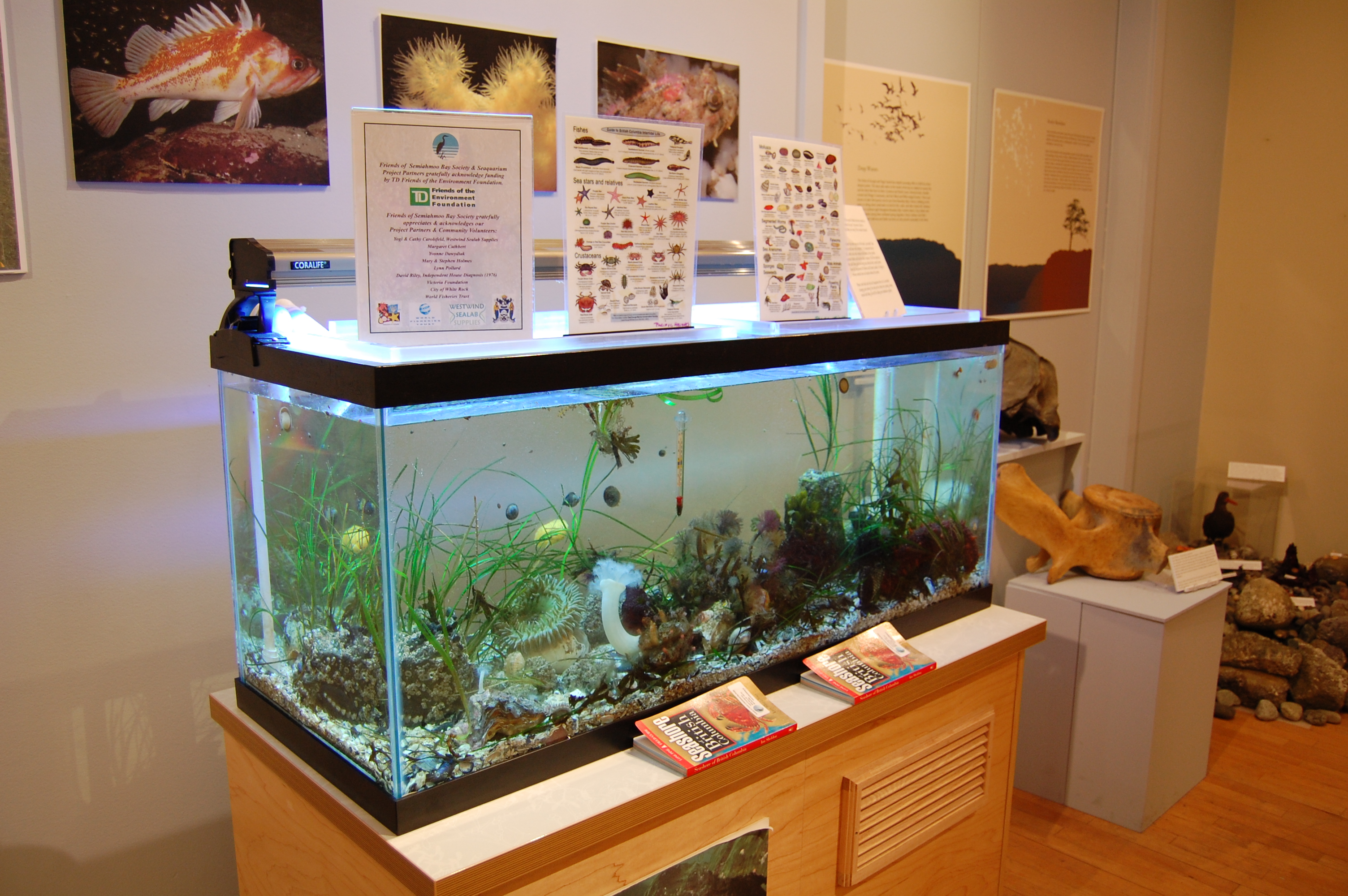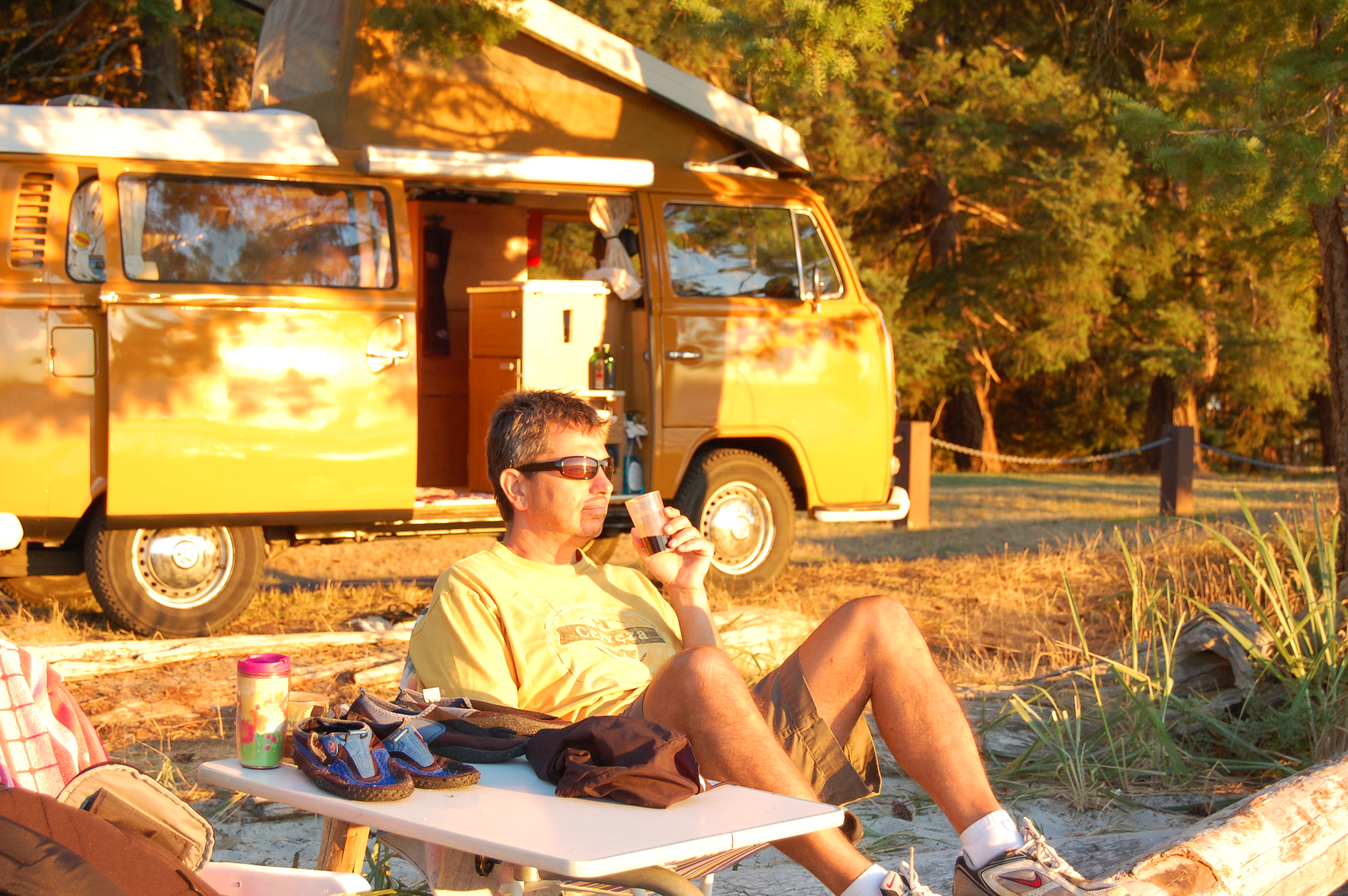Thinking in stricter and more defined terms about certain types of resources as ‘reference’ materials was a new experience for me. Reviewing the different types of reference works and considering their use, value and how quickly they become dated, reminded me that more and more teachers and their students rely on their own searching rather than seeking help in the bricks and mortar library. I was reminded in the amusing NPR article “Before the Internet, Librarians would ‘Answer Everything’ – and Still Do” that the role of the librarian has been shifting over the past decade or so for good reason…
Riedling (p. 4) recognizes that the TL must develop “competency in selecting, acquiring and evaluating resources to meet students’ needs” but this is not enough. The librarian cannot be simply the keeper of books and disseminator of knowledge but, more than ever, the TL has an essential role to play in helping teachers and students “learn information literacy and develop lifelong learning skills and habits” (Asselin et al, 2006, p.5). Empowering library patrons to become “Information literate citizens” is the call to action of today’s librarian is taking up!
Research, inquiry and resource evaluation is something I not only do in my work regularly, but something I teach. I am familiar with the research and inquiry models in Riedling and have taught courses on inquiry and have worked with reference librarians to provide in-service to teacher candidates (TCs) in the BEd program here at UBC. Our objective has been to help the TCs become more effective at seeking, evaluating, selecting and incorporating multimodal resources into their planning and teaching to enrich student learning. Rather than providing students with a set of criteria, we follow a more socio-constructivist approach in an attempt to help them internalize these criteria rather than simply be exposed to or memorize a given set of criteria. I thought some in the class might be interested in one approach we’ve used and have outlined it below:
- Activate prior knowledge – students define, sort and classify a multi-modal resources (including reference resources).
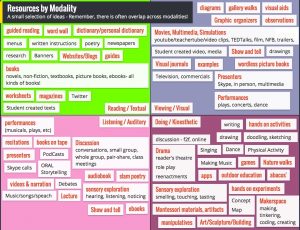
cc image Y. Dawydiak LLED 351 course materials
- “Mini-inquiry” – review two different but related websites with the prompt to “How are these are ‘good’ resources?”

cc image Y. Dawydiak LLED 351 course materials
- Share out – what questions did you have? what criteria did you develop?
- It is always fascinating to me that when we share out, the students ‘naturally’ come up with criterion such as reliable, valid, reputable and relevant. Criteria we find in the more formal models including those presented in Riedling with respect to reference resources.
- It is always fascinating to me that when we share out, the students ‘naturally’ come up with criterion such as reliable, valid, reputable and relevant. Criteria we find in the more formal models including those presented in Riedling with respect to reference resources.
- Synthesize – we co-create a ‘five finger rule’ or mnemonic to help evaluate a resource (one example created by a class in 2016 below):
R – Reading level: reading interest, reliable, real (authentic, accurate)
O – Outdated (no?) current, date of publication
C – Curriculum fit: relevant for my students, this unit
K – Kid friendly: interesting, kool, engaging
S – Source: where is it from, who wrote it, bias, accurate
At other times, I share one or two with them including ‘The C.R.A.A.P test” (https://www.csuchico.edu/lins/handouts/eval_websites.pdf ) and the ever popular “F.A.R.T test” – both sure to appeal to the kid in all of us! As pointed out by Susan in her Lesson 3 discussion post, Riedling’s own criteria are reminiscent of these easy to remember mnemonic models.
F – Is the site Friendly to the eyes?
A – Does the Author have Authority?
R – Is the information Repeated elsewhere?
T – Is the information Timely?
From: http://knowledgequest.aasl.org/web-evaluation-website-smell-funny/
F.A.R.T also asks us to consider the appearance of the resource. Given how unwieldy some reference materials can be (both on and off line), it is important to consider organization and visual appeal in our evaluation.
I’m looking forward to how the next themes in this course connect with and enrich my experience! YD
References:
Asselin, M., Branch, J., & Oberg, D. (2003), Achieving information literacy: Standards for schoollibrary programs in Canada, CASL, Ottawa, Ontario.
Riedling, A.M. (2013). Reference skills for the school media specialist: Tools and tips, 3rd edition. Linworth.
 Follow
Follow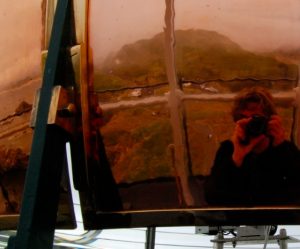

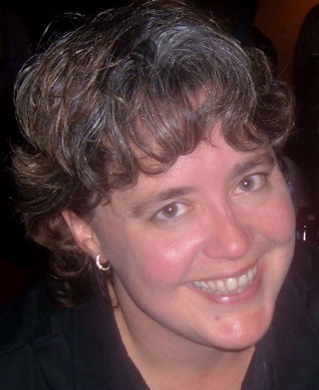 Where I work and live:
Where I work and live: